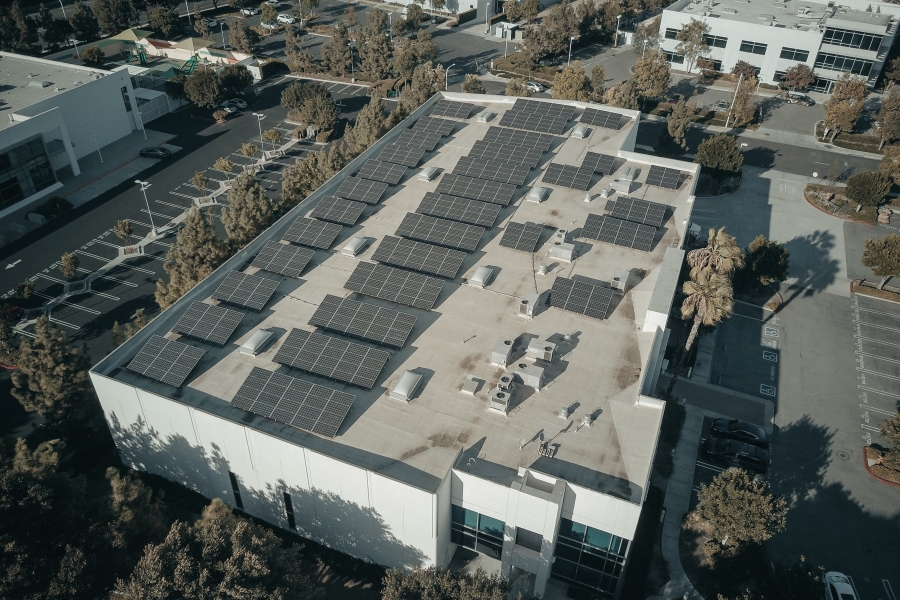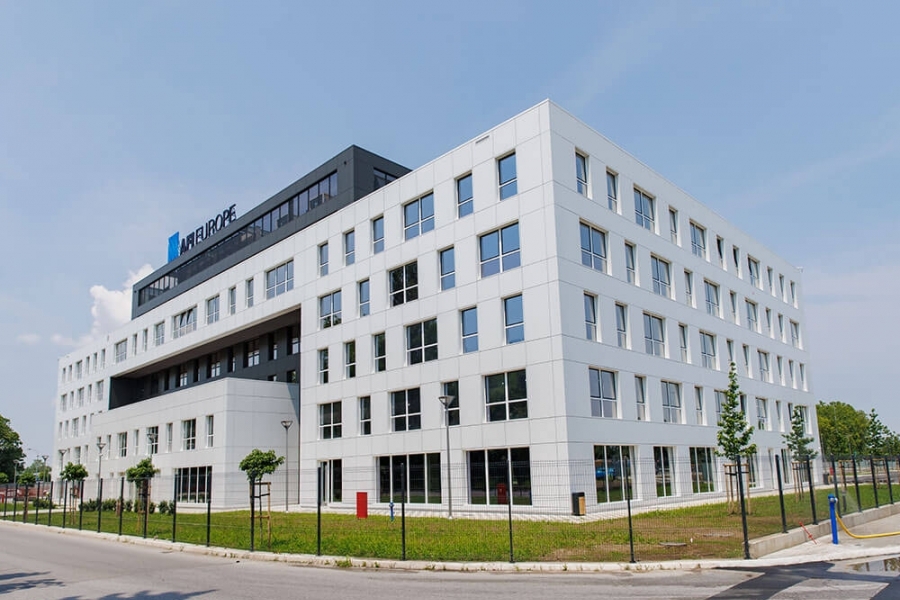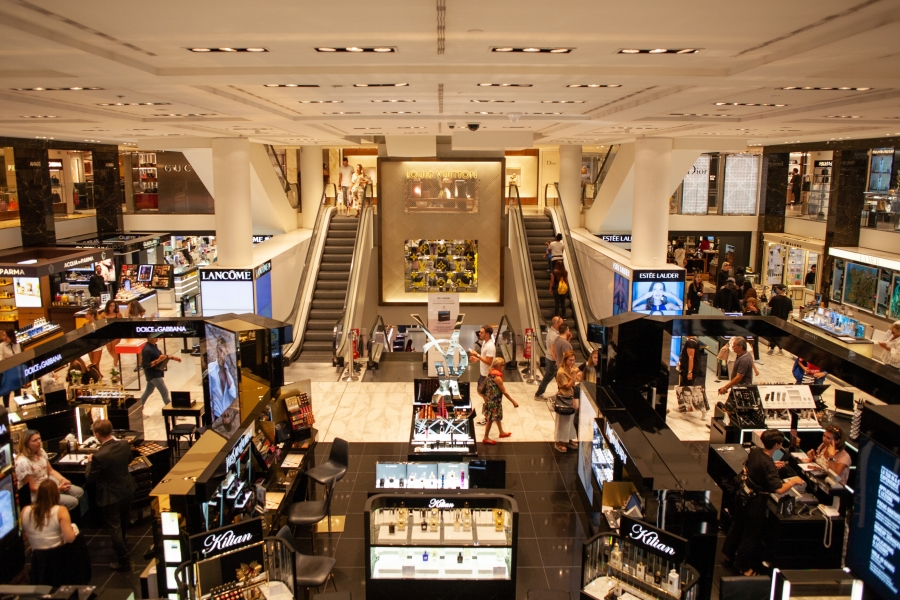
Bars and cafeterias have unique heating requirements due to their distinct characteristics and customer expectations. Providing a comfortable and inviting atmosphere while also considering energy efficiency is essential for these establishments. In this article, we will explore the specific considerations and strategies for heating bars and cafeterias.
The design and layout of bars and cafeterias play a crucial role in determining the heating requirements. Open floor plans, high ceilings, and large windows can result in increased heat loss. To overcome these challenges, it is important to incorporate insulation, draft-proofing, and efficient heating systems into the design. Proper planning and consultation with heating professionals can ensure an effective heating solution.
Implementing zone heating systems allows bars and cafeterias to divide the space into different heating zones based on customer usage and seating areas. This enables more targeted heating, ensuring that occupied zones are adequately heated while unoccupied areas receive less heat. Zone heating systems provide flexibility and energy savings by allowing individual control over each zones temperature.
Proper ventilation is essential in bars and cafeterias to maintain air quality and prevent stuffiness. It is important to balance heating and ventilation systems to ensure a comfortable environment. Heat recovery ventilation systems can be employed to extract heat from exhaust air and transfer it to incoming fresh air, reducing the overall energy demand for heating.
Radiant heating systems, such as underfloor heating or radiant panels, offer an efficient and comfortable heating solution for bars and cafeterias. These systems directly transfer heat to objects and people in the space, resulting in a more uniform and pleasant heating experience. Radiant heating is particularly beneficial in areas with high ceilings or outdoor seating where traditional heating methods may be less effective.
Utilizing smart heating controls can optimize energy usage and provide greater control over the heating system. Programmable thermostats, occupancy sensors, and scheduling features can be integrated to ensure heating is only active when necessary. These smart controls help to minimize energy waste and reduce operational costs.
By considering these specific requirements and implementing tailored heating solutions, bars and cafeterias can create a cozy and welcoming atmosphere for their customers while also achieving energy efficiency goals. Collaborating with heating professionals and incorporating modern heating technologies will ensure optimal comfort and sustainability in these establishments.
To learn more about our heating system installation and design services, contact us today to find the best solution for your business needs together.

Solar heating is an increasingly popular solution for heating commercial buildings. By harnessing the power of the sun, businesses can enjoy numerous ...
More

As a company engaged in the installation and design of heating systems in the construction industry for residential and commercial buildings, business...
More

Shopping malls are bustling spaces where shoppers come to explore, browse, and make purchases. A crucial aspect of creating a pleasant and inviting en...
More